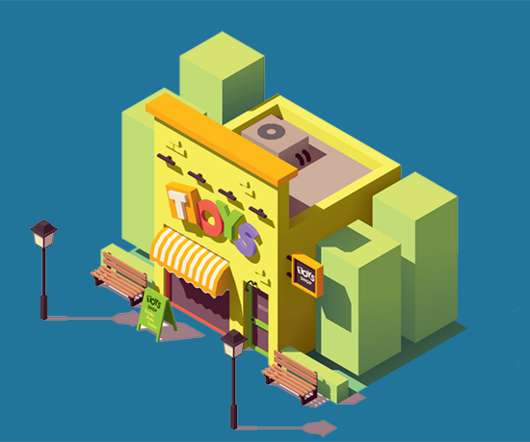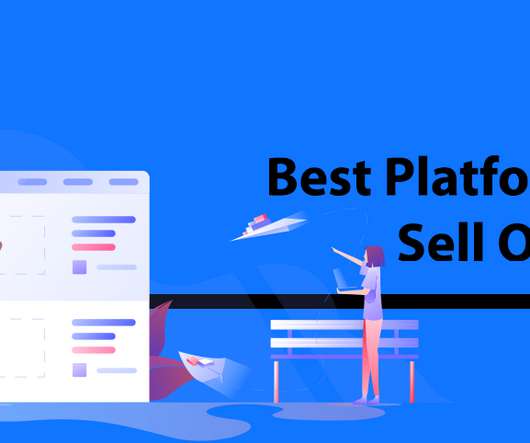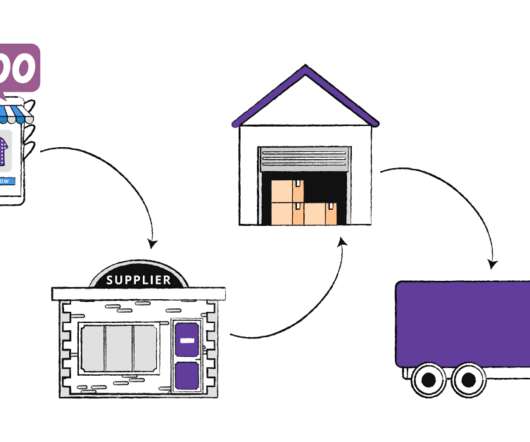How to Sell Toys Online (Sep 2020): A Beginner’s Guide
Ecommerce Platforms
SEPTEMBER 4, 2020
If you're here reading this blog post, you probably want to know how to sell toys online. Perhaps you're looking for a new full time business venture? Either way, the toy niche can be incredibly lucrative. In fact, in 2019, the toy market was worth a whopping $90.7 How to Sell Toys Online: The Facts. Let's dive in!














Let's personalize your content